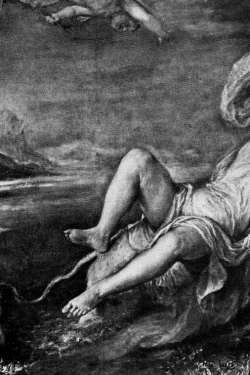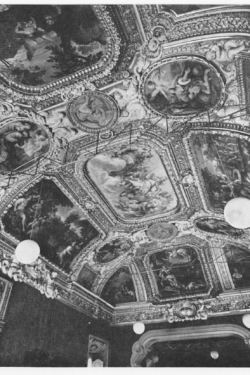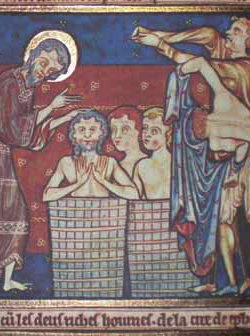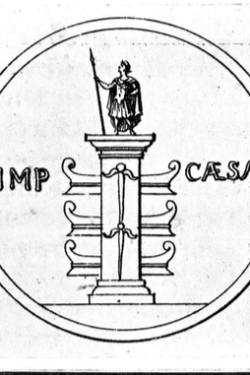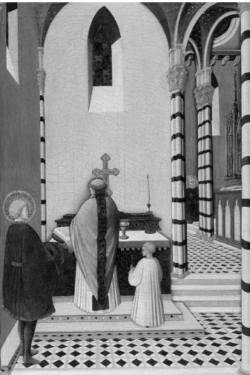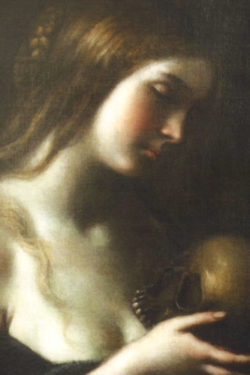Descrizione
Storia dell’arte 5, Gennaio – Marzo 1970
Rubina Giorgi
La simbologia del “Niemand”
This study is devoted to an iconographical and literary theme which makes its appearance in German humanism. Its roots lie in classical and medieval sources, but it underwent certain transformations both in content and in style up to the end of the XVIII century. The author attempts, by means of what we already know of the subject, to evaluate its underlying potential history and finds that this offers an indefinite number of significant possibilities which form both the symbolical message and the symbolical figure of a given theme. Among these possibilities one can discover or choose a line of interpretation. The author points out that a symbolical interpretation of a theme is generally to be understood as a movement alternating or oscillating between polarity and contrasts. On this basis he reconstructs several contrasting poles in the figure of Niemand. First of all he discusses the linguistic ambivalence: a figure bearing a name consonant with « zero » is a convenient scapegoat to which man may attribute all his sins — with the result that the reality of his sins is swallowed up in the null and void the name expresses. One whose name is « null » is inconsistent, poor and mad. He is a peregrine entity, a wanderer on the face of the earth. He is powerless, speechless — but a silent being may be full of wisdom and therefore powerful! These are the opposite poles emerging from the xylographs and the poem of Joerg Schan, from Holbein’s painting of Sanct Niemand and Ulrich von Hutten’s variations on Nemo. To sum up: madness is the opposite pale of wisdom, powerlessness that of power, and silence that of an active and mystical preparation leading to vital eloquence. The probable conceptual relationship of Niemand’s silence with the apatheia proclaimed by the heretical communities of the Free Spirit is also discussed. In this connection the author examines the mystical and baffling madness of Bosch’s Garden of Delights, following W. Fraenger’s interpretation of the painting. Here, too, madness and wisdom form two opposite poles: the madness depicted and the mental lucidity of the artist depicting it. The negative structure of the figure of Nessuno (No-one) is bound up with the concept of the human limits in the German humanism by means of an analysis of the concept of madness in Erasmus. Nessuno becomes a mirror of man’s limits, but through the alchemy of Christianity the negative mirror is transformed into a speculum salutis. The later connotation may also be found in Brueghel’s Niemant. Nessuno (Niemand) takes on a psycho-therapeutical dimension.

